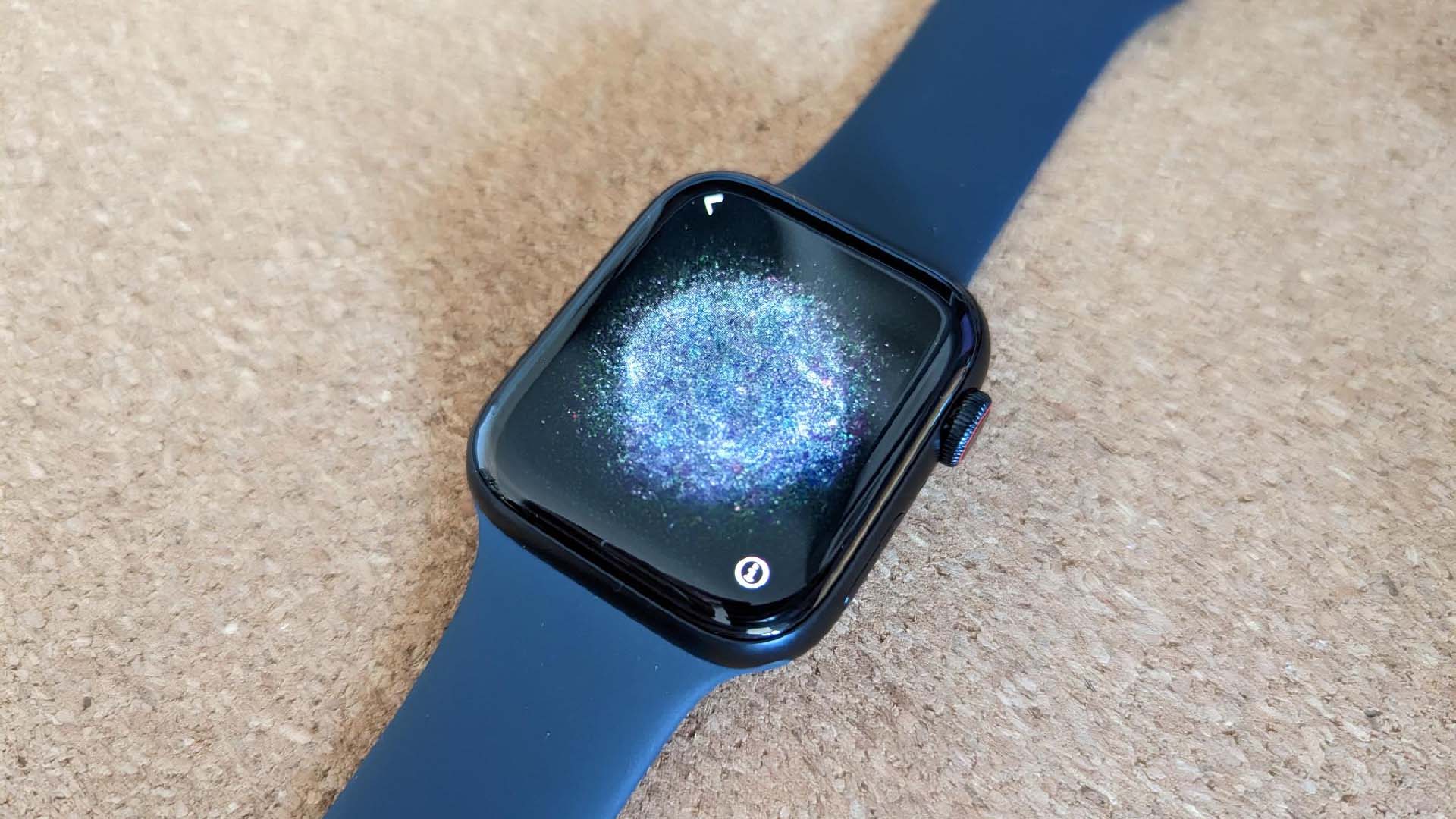
Even people working in technology have been shocked by the coming of ‘generative AI’ – the seemingly superhuman, creative beings available to chat with online or on your phone. Whatever it means for the future of jobs – and humanity as a whole – experimenting with the new wave of AI agents is fascinating, fun, and nothing to be nervous of.
It’s best to regard the likes of ChatGPT – the first, launched just over two years ago – as an advanced version of Google, which will answer your toughest questions instantly but also, if you ask, design artwork, compose a song, give advice, write an awkward email, or almost anything else.
I’ve used it recently to identify in an instant the most reliable day weather-wise for an outdoor event, to explain in detail the prognosis for a worrying health condition, to come up with an American term for the word ‘dodgy’ (sketchy), and to tell me what there is to see and do in various holiday destinations we’re considering.
Every task was done to perfection in less than a few seconds.
And while you can pay for these AI services, they offer plenty of free use. All can be consulted by logging into their respective websites on a computer, or through a free app that can be downloaded onto your phone or tablet.
I’ve been experimenting with four of the most popular:
To test them, I asked all four a few tricky questions.
Chat GPT said it’s ‘like giving a small part of your allowance to help pay for things everyone uses, like parks, schools, and roads’.
Claude’s response: ‘Money that grown-ups share with the government to help pay for things we all use, like parks, schools, and roads.'
The other two were almost the same – subtly different, but equally good.
Claude’s explanation was the best: ‘Think of it like learning a language by reading millions of books – I’ve absorbed patterns of how words relate to each other. When you ask a question, I predict what a helpful response would look like based on all the patterns I’ve learned.’
Surprisingly, these AIs are mostly neutral on contentious subjects. China’s DeepSeek, it’s true, has a convenient mental block over things awkward to leader Xi Jinping, like the Tiananmen Square massacre.
But when I asked Grok, ‘Who is the worst spreader of misinformation on X?’ (formerly Twitter and now owned by Musk), it had an unexpected answer. It named, yes, Musk as the world’s most notorious poster of misleading nonsense – adding for good measure that Musk’s own X platform is ‘a firehose of misinformation’.
Intelligent, eh.
Jonathan Margolis is a London and New York-based technology journalist. He has a global following for his column Landing Gear in the online publication Air Mail, appears regularly on the BBC and other networks and has won several journalism awards.
View author page
Every issue of Saga Magazine is packed with inspirational real-life stories, exclusive celebrity interviews, brain-teasing puzzles and travel inspiration. Plus, expert advice on everything from health and finance to home improvements, to help you enjoy life to the full.


The ultimate guide to Saga Puzzles, full of technical tips, tricks and hints.

Follow our step-by-step guide to find out your internet speed - and whether it’s your device or broadband that’s slowing you down.

These video doorbells show you who's at your door, even when you aren't home.

We explain everything you need to know to connect an iPhone to an Apple Watch.

Think you know how to use WhatsApp? We've got some handy tips to help you get the most out of the messaging app.


How to change the Alexa command word with this easy-to-follow guide.
